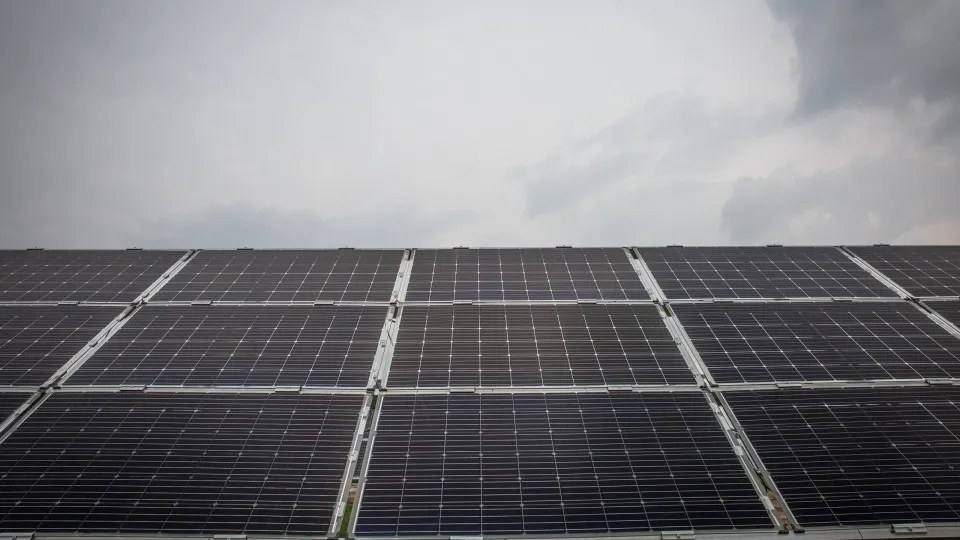
The Beira Baixa Intermunicipal Community, along with the municipalities of Idanha-a-Nova and Penamacor, has expressed opposition to the implementation of the Sophia photovoltaic solar plant project, as stated in a press release sent today.
The community’s statement regarding the intention to install the Sophia photovoltaic solar plant and its associated high voltage lines comes on the final day of the public consultation for this project.
The Sophia photovoltaic solar plant, which spans the municipalities of Fundão, Idanha-a-Nova, and Penamacor in the Castelo Branco district, represents an investment of approximately 590 million euros, with an installed capacity of 867 MWp (Megawatt peak).
The project occupies 390 hectares with photovoltaic modules, extends to 435 hectares when considering all infrastructures, and encompasses a total fenced area of 1,734 hectares.
“This is a project with enormous impacts on the community and the territory of Beira Baixa,” it highlighted.
The community advocated for a balanced energy transition that respects land use planning, the environment, biodiversity, geodiversity, the productive potential of agroforestry spaces, and quality of life for both residents and visitors of the territory.
“Beira Baixa is distinguished by its unique natural landscapes and exceptional natural values, which justify the classification of significant parts of its territory with different and important statuses—protected landscape, natural monument, natural reserve, natural park, special conservation area, special protection zone, global geopark, biosphere reserve—as well as the Terras do Lince territory (European Charter for Sustainable Tourism) and two bio-regions (Idanha and Lusitania).”
In this regard, the community believes that the coordination of land uses is crucial and emphasizes the importance of balanced management that protects agricultural and forestry soil capabilities, considering the ecological sensitivity and value of different areas.
“The rural territory of Beira Baixa is also known for housing Historical Villages, Schist Villages, and a vast historical, material, and immaterial heritage that makes up a rich cultural landscape. The classifications the territory holds reflect a balance in resource use, soil and nature preservation, and the appreciation of local traditions.”
The community further explained that, in evaluating the project, it considered the significant and continuous extent of the area expected to be artificialized, the negative consequences of the installation’s scale on other land uses, and the non-negligible impacts on conservation and production spaces, habitats, and protected flora and fauna species.
The Beira Baixa community encompasses the municipalities of Castelo Branco, Idanha-a-Nova, Oleiros, Penamacor, Proença-a-Nova, Sertã, Vila de Rei, and Vila Velha de Ródão.




